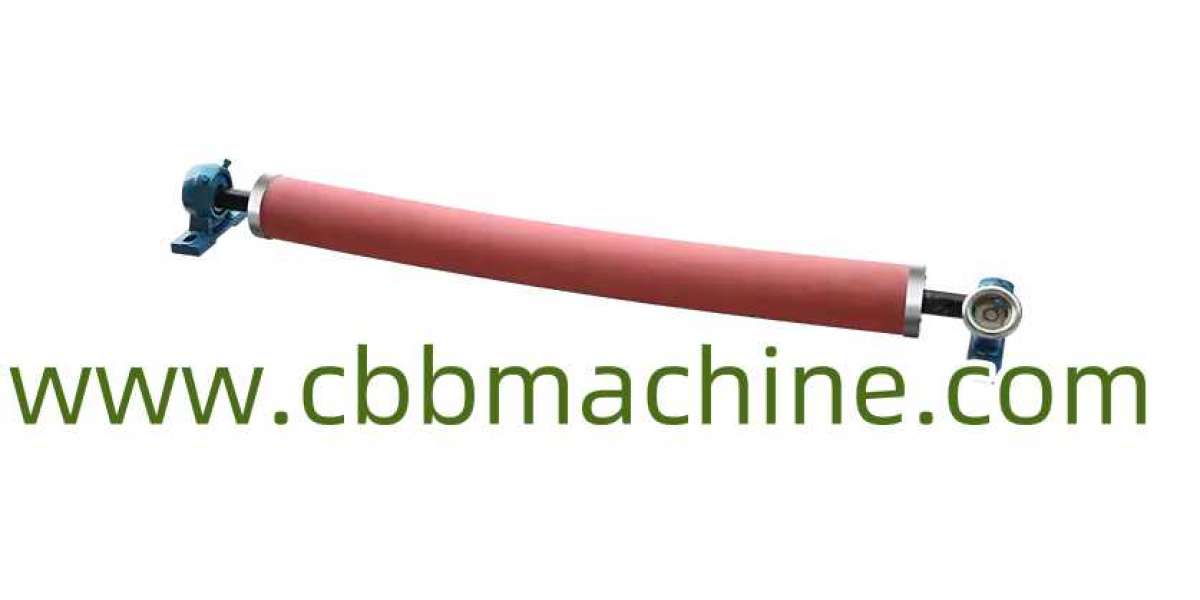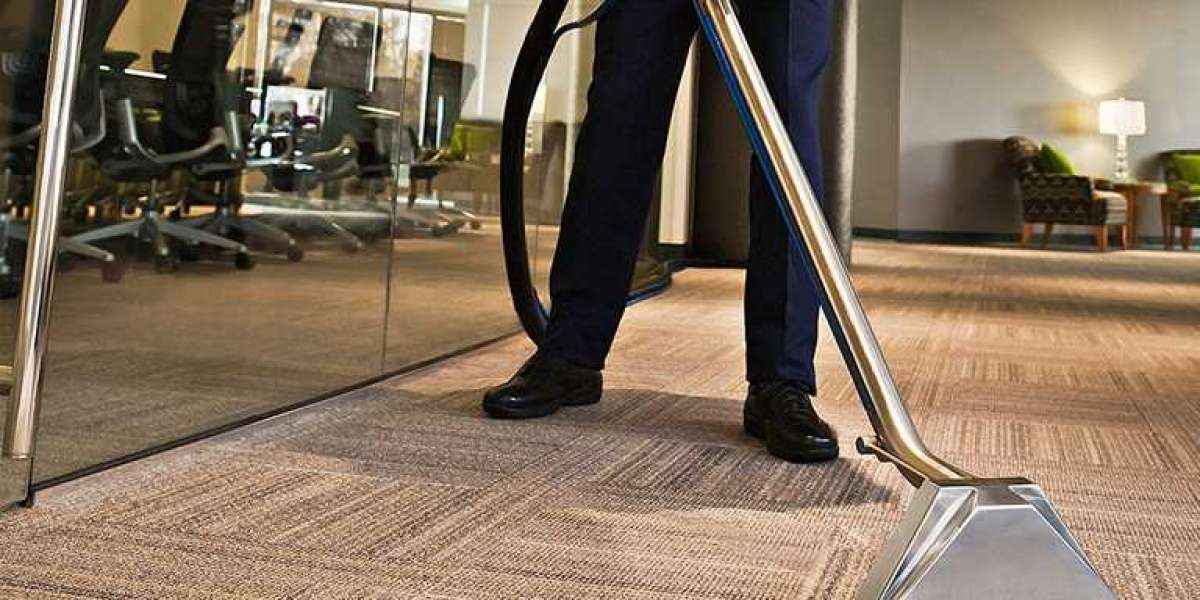In modern converting and slitting machinery, Banana Rollers play a crucial role in maintaining material alignment and tension during high-speed operation. Positioned strategically in web handling systems, these rollers create a controlled bow that helps separate web layers, eliminate wrinkles, and prevent material overlapping or edge misalignment. Their ability to reduce friction and ensure smooth processing is especially valued in industries such as film, paper, textile, and flexible packaging.
These specially designed rollers are engineered to compensate for material slippage and to guide delicate or stretch-sensitive films without causing deformation. Their curved shaft design ensures that the material web is spread uniformly across the entire width, which is essential in multilayer laminations or high-precision coatings. Without such rollers, many continuous processing lines would face persistent issues of creases, web breaks, or uneven tension distribution.
Another key benefit of using these rollers lies in their adaptability. Available in various bow angles, surface finishes, and load capacities, they can be customized to match different types of machinery and processing speeds. From narrow width label printing lines to wide format packaging equipment, manufacturers choose roller types based on web width, thickness, and elasticity. When properly configured, these rollers reduce maintenance downtime and increase throughput by preserving material integrity.
Durability is another factor that sets them apart. Constructed from stainless steel, aluminum alloy, or carbon steel cores, these rollers are coated with wear-resistant sleeves such as rubber or polyurethane. This enhances their lifespan and improves web grip, especially in fast-running lines or dusty environments. Precision bearings further ensure low noise and vibration, contributing to the overall stability of the production process.
When integrated correctly, these rollers also help minimize electrostatic discharge, which can be a serious issue when dealing with certain films or foils. Some configurations allow for grounding brushes or anti-static bars to be mounted directly onto the roller shaft. This makes them a practical choice for operations where static buildup must be controlled without adding extra components.
While the primary function remains consistent—guiding and separating material webs—the technology around these rollers continues to evolve. Engineers are now integrating sensors to monitor roller temperature, vibration, and rotation, enabling predictive maintenance and real-time adjustments. This trend is part of a broader movement toward smarter, more efficient manufacturing systems.
Companies involved in converting, laminating, or coating processes increasingly rely on these rollers to ensure product quality and line efficiency. As demands for thinner films, faster speeds, and minimal material waste grow, these rollers are likely to remain indispensable. Whether retrofitting older machines or designing new systems, precision and customization remain at the core of successful roller integration.
To learn more about customizable solutions and technical options, visit https://www.cbbmachine.com/product/banana-roller/customizable-banana-roller.html








